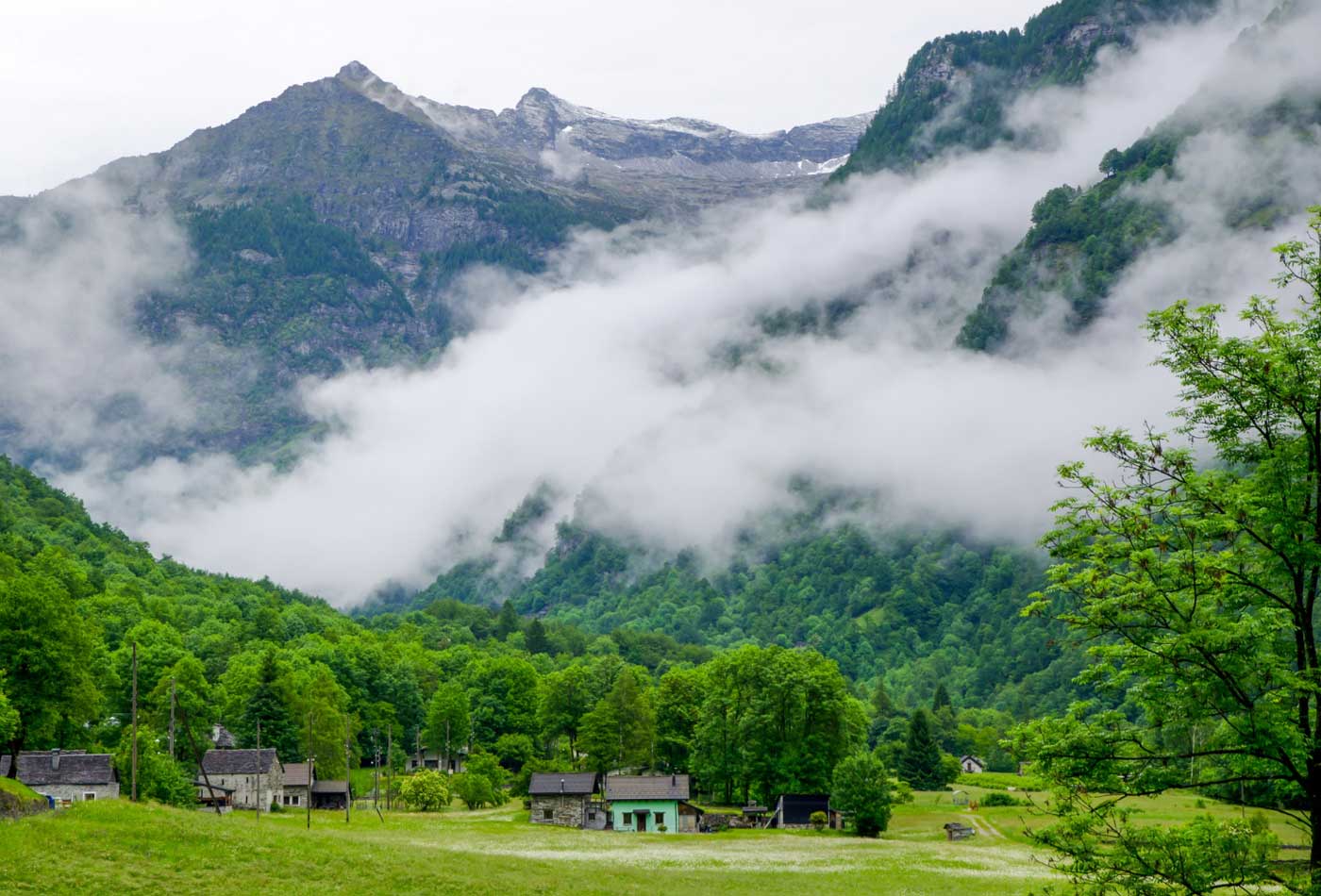Kerala has a variety of geographical structures with a combination of hills and backwaters. If you are thinking of visiting here, you would need a proper plan for it. A Kerala tour plan is not merely the process of selecting destinations to visit but also the time of the year which would make you experience the state in its finest way possible.
Think of mist curling about tea gardens on the Munnar, of houseboats drifting slowly along the backwaters of Alleppey or of temple drums banging on during a glittering festival. Every season in Kerala has its own beauty and knowing when to visit can make the trip something to cherish.
Winter (October to February)
The winter season is usually considered the most comfortable time for visiting Kerala. You get to witness superb gusts of wind, reductions in humidity, and lower temperatures that lie between 18°C and 30°C. This makes travelling and trekking outside much easier, be it walking in the tea estates up Munnar, watching the elephants strolling in the Periyar, or sailing in the backwaters in Alleppey.

The beaches appear shiny as well in the winter. Kovalam & Varkala beaches offer gentle winds and a tranquil sea, with sunsets that last longer than in other months. Due to the festivals and cultural events, this season is more vibrant, offering a chance to get up close with Kerala’s culture.
Summer (March to May)
In Kerala, summers are generally hotter, with temperatures reaching up to 35°C in the low-lying areas. However, this makes it perfect to enjoy the cool hill stations the state has to offer.

Munnar, Wayanad, and Thekkady are fairly cool and the ideal getaways from the heat. The mornings are the right time for enjoying the misty valleys, and evenings are cool enough too to go for walks in spice fields or tea plantations. Temple festivals are quite vibrant during the summer, and the procession and fireworks almost complete your Kerala tour plan with a dash of Keralite culture.
Monsoon (June to September)
By the first of June, the monsoon from the southwest blows in such a way that the entire state of Kerala is transformed into a heaven with a lot of lush greenery. Torrential rains fill the rivers, waterfalls overflow, and forests come alive with new life.

It is also the time of the year when many travellers like to refresh themselves. During the rainy season, the body is said to be more receptive to Ayurvedic therapies; hence, the monsoon is the best time period to treat patients with therapies such as Panchakarma. It is also less crowded, with a relatively smaller number of visitors in the season, and hence is very serene and calm for the visiting ones.
Kerala’s Climate at a Glance
Here’s a quick chart of the three main seasons in Kerala:
| Season | Months | Temperature Range | Best for |
|---|---|---|---|
| Winter | Oct -Feb | 18°C – 30°C | Backwaters, beaches, wildlife, hill stations, festivals |
| Summer | Mar – May | 24°C – 35°C | Hill retreats, spice gardens, temple festivals |
| Monsoon | Jun – Sep | 22°C – 28°C | Ayurveda, waterfalls, lush greenery, photography |
Safety and Travel Confidence
A commonly asked question is whether tourists can safely travel in Kerala. The short answer here is yes. The people are friendly; the infrastructure for tourism is excellent; transportation means are also easily accessible. Nonetheless, you have to exercise your common sense and not go to sketchy places at night and follow whatever the locals say.
Conclusion
Kerala is a beauty that needs to be experienced all through the seasons, but if you plan your vacation correctly, considering the best time to visit Kerala, along with the months, the climate, and the cultural customs to be practised, you will be able to experience every aspect of your vacation flawlessly.
A few top travel companies working in the state of Kerala allow travellers to customise their trips depending on their preferences and limited time. So when you are starting to plan a tour to Kerala, get in touch with Kerala Package Tours for the best packages that are offered.
FAQs
One can explore the major attractions on a 6- to 8-day visit, which includes one of the most vital things on a houseboat cruise in Alleppey: interaction with wildlife in Periyar and some free days in Kovalam Beach. If people want to have Ayurveda therapies or explore festivals, an ideal stay is between 10 and 12 days.
Some of the common activities offered to travellers include houseboat tours in Alleppey, strolling tea plantations in Munnar, wildlife safaris in Periyar and Wayanad, monsoon Ayurvedic revitalisation, and the monsoon beaches of Kovalam or Varkala.



















